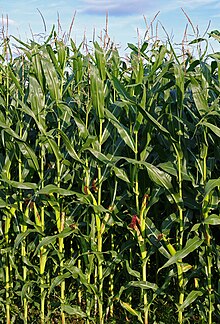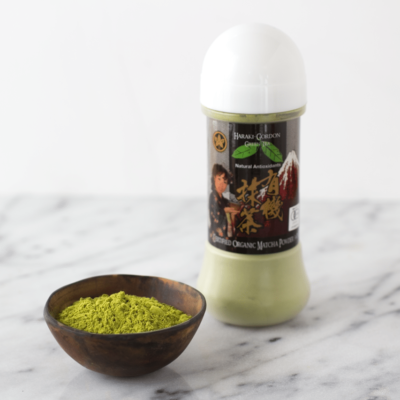
Full Grown Corn
Corn is technically a grain but traditionally used in cooking as a vegetable or a starch. It is the most widely grown grain crop in the Americas and was originally domesticated in Central America during the freaking prehistoric times.
Approximately 40% of today’s corn crop is grown to produce ethanol, a biofuel. The claim that ethanol is a “greener” type of fuel has come under debate because of the process that it takes to produce the fuel from the corn “may actually have a greater environmental impact than fossil fuel.” Yikes?
“Corn on the cob was hawked on the streets of early 19th-century New York City by poor, barefoot “Hot Corn Girls”, who were thus the precursors of hot dog carts, churro wagons, and fruit stands seen on the streets of big cities today.” — via Wikipedia
Corn has a very high amount of carbohydrates or sugar and is therefore usually not the best choice of side to eat, as compared with other high nutrient-dense vegetables like broccoli or carrots.

Exotic Varieties of Corn
And did you know:
– Farmers grow corn on every continent except Antarctica.
– One bushel of corn will sweeten more than 400 cans of Coca-Cola.
– There are about 800 kernels in 16 rows on each ear of corn.
– The corncob (ear) is actually part of the corn plant’s flower. Aww, how pretty…?
– The main ingredient in most dry pet food is corn.
– Corn is America’s number one field crop. Corn leads all other crops in value and volume of production.
– A pound of corn consists of approximately 1,300 kernels.
– I am the best corny joke teller ever. Try this one on for size:
What do you call the best student at corn school?
— The “A” corn









Wow I love this!!! Especially about the controversy regarding ethanol production’s environmental impact….you are spot on, my friend!
And WOW 400 cans of Coke!
The more you know….. *rainbow in space*